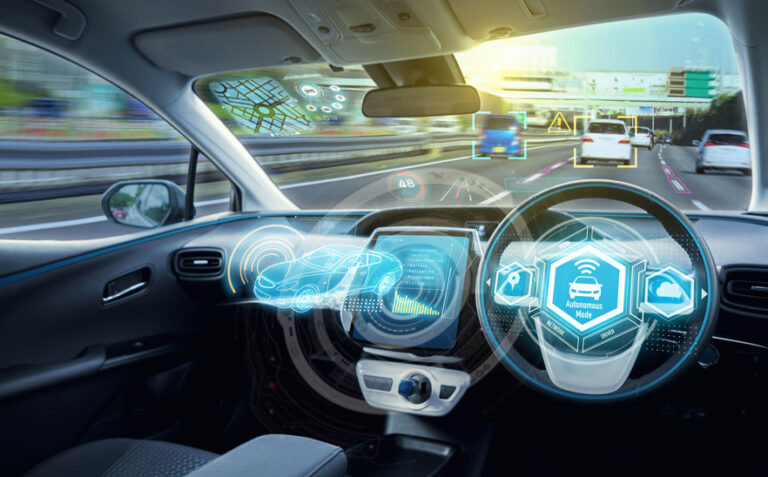– By Caroline Falls –
“It’s the question everyone is asking,” said Rita Excell, executive director of Australia and New Zealand Driverless Vehicle Initiative, or ADVI. “Some people are putting dates on when they want to see the technology introduced.”
Excell was talking on a recent webinar hosted by ADVI and the Australian Road Research Board. She also set out to dispell a common perception that Australia and New Zealand were outliers in the development of automated driving technologies.
She said a major discussion has always been that Australia and NZ will need to prepare to accept technologies that had been developed overseas, as if nothing was being done here.
On the contrary, “In the last five years we’ve seen Australian companies take a global role in developing and delivering the technology,” said Excell. “It’s just a big myth that we are adapting technologies and protocols in Australia after they have been developed overseas.”
She cited Adelaide-based Cohda Wireless, which has technology that allows vehicles to see around corners; Melbourne-based AEV Robotics, which makes autonomous pods to move people and deliver goods in urban environments, and Adelaide-based Sage Automation, developer of technologies for future automated road and other transport networks.
Excell said it was important to know that every state and territory in Australia and NZ is actively engaged in the sector.
Excell urged listeners of the webinar, and anyone interested in the future of transport, to attend an international summit and demonstrations on driverless technologies which AVDI is hosting later this month, at Sydney’s Olympic Park. (See link to summit details here).
The webinar, also introduced Selena Ledger, from the transport safety team at ARRB. Ledger has conducted three surveys for ADVI, focussing on the human factor, perceptions and expectations, related to the introduction of automated vehicle, or AV, technologies.
She said public perception is crucial to the success of any rollout of them. Why? To ensure market viability there will need to be widespread adoption.
“What we need to do is identify those barriers to adoption, and, we need to keep track on how the perceptions change.” Ledger said.
She said willingness to pay was considered a proxy of acceptance of the new technologies. “It’s a good indicator to see if they are going to invest their own money into the technology,” she said.
Results from the third study on the subject will be unveiled at the upcoming international summit in Sydney. Meanwhile, Ledger said people are thinking quite positively about the technology.
Some of the celebrated benefits are increased safety, and reduced running costs, repair costs and lower insurance premiums.
“Forty percent agree automated vehicles will be safer than manually driven cars,” said Ledger.
And the answer to the question on everyone’s lips: “Anything between 2025 and 2030,” said Excell. “We need legislation that allows the tech to be introduced incrementally,” adding the next decade is going to be “significant and transformational.”






